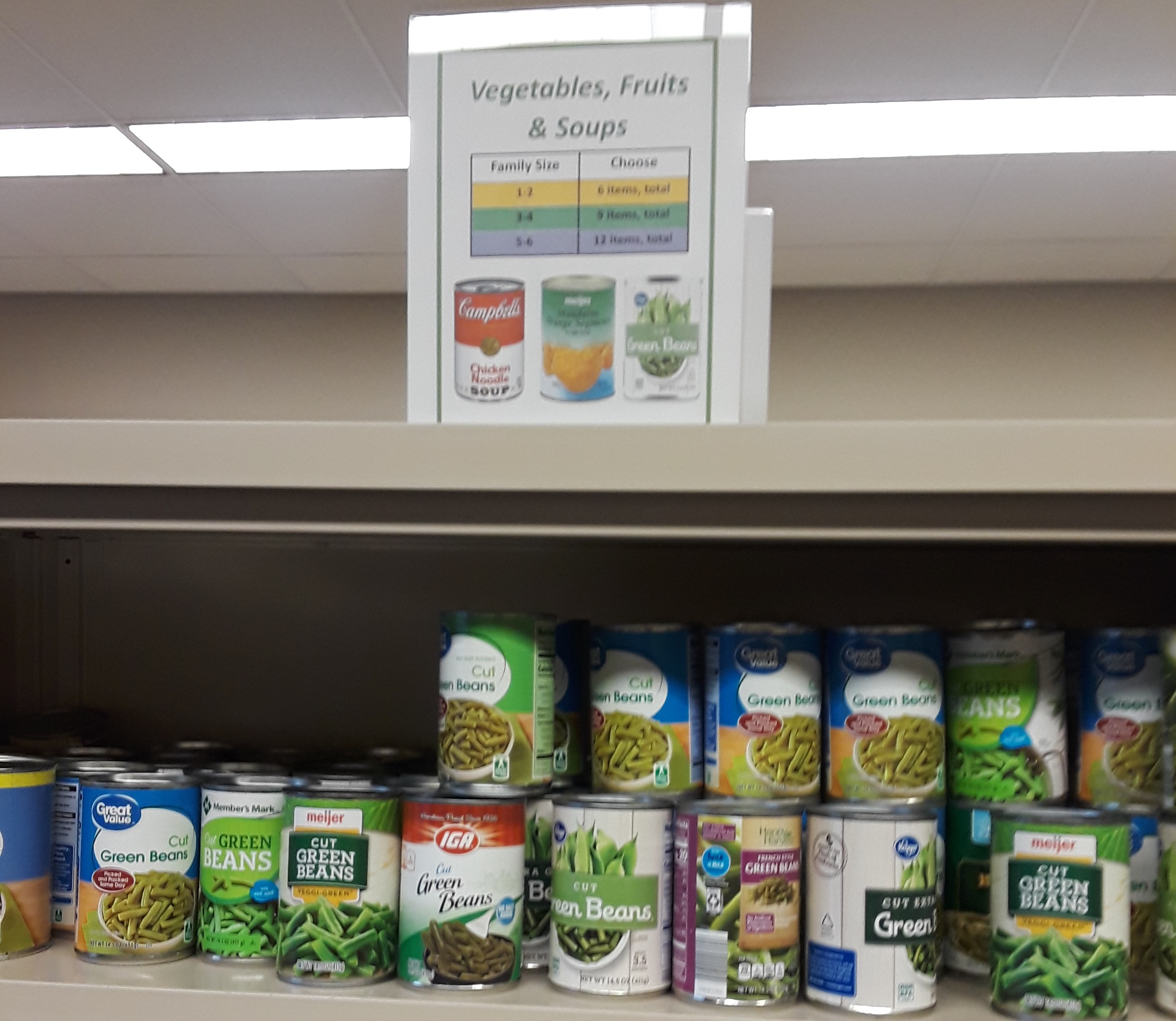Students facing food insecurity, defined as the limited or uncertain availability of nutritionally adequate and safe food, or the ability to acquire such food in a socially acceptable manner, are more prevalent in the U.S. than one might think.
A fall 2018 survey conducted by the Hope Center for College, Community and Justice found that out of 86,000 students from 123 different institutions, over 60% faced food or housing insecurity. This impedes a student’s ability to do well in their coursework and several colleges nationwide are working to solve the problem.
Among them is Sinclair Community College, which currently has three distinct initiatives to address this problem.
The Dayton Foodbank partners with the college and brings their mobile food pantry to campus once a month, which provides access to perishable items such as vegetables, milk or produce.
The Lunchtime Hunger program is a service that started as a student initiative and is now maintained by the dietetics and social work clubs. They fundraise on campus to buy supplies to offer a free lunch to students in need, such as a peanut butter and jelly sandwich, a piece of fruit and a granola bar.
The newest resource that was established this spring semester is the Sinclair Food Pantry, located in Building 13, room 426. It is open twice a month and provides Sinclair students non-perishable goods in a discreet environment.

“The end-goal of all these initiatives is to help address food insecurity, and they all do it in a different way and through a different mechanism,” Dr. Matt Massie, Manager of Student and Community Engagement, said.
Sinclair’s pantry provides options for breakfast, lunch and dinner, and operates under a “shopping model.” This means that individuals can choose what they want based on their needs/tastes, as opposed to the “bag model,” which is when the user is given a bag with pre-determined items.
Some examples of goods the pantry offers include cereal, oatmeal, canned fruits and vegetables, canned meats like chicken and tuna, spaghetti sauce, soups, starches such as macaroni and cheese, instant mashed potatoes, rice and snack foods.
The pantry also provides for a larger population outside of the college. Students that have a spouse or child will get additional goods to support their household.
“When we developed this program, we realized there was something larger that needed to be done, not only to help the student but also to help the student and their families,” Massie said.

Depending on the size of the student’s household, national guidelines determine how many items a student and their family can receive.
A challenge college officials faced when developing the program was identifying an appropriate space to establish the pantry.
“We wanted to approach this with sensitivity,” Massie said. “We didn’t want to put this in the middle of campus where students would then have to be carrying bags of groceries to the parking garage and things like that. I think the challenge was slowing it down enough to make sure we were doing things that were right for students, and not necessarily what was easiest for us.”
This month, the Sinclair Food Pantry is available to help students in need on Thursday, March 26 from 11 a.m.-2 p.m. Next month the pantry will be held on Wednesday, April 8 and Thursday, April 30 at 11 a.m.-2 p.m. It is open to Sinclair students only.
“The feedback we’ve received has been tremendous,” Massie said. “We’ve had everything from tears, literally tears, thanking us for providing this, to just amazement that the college is willing to help provide this resource. It has been very gratifying, from where I sit. I’ve been here for almost 13 years and this has probably been some of the most important work I’ve been involved with.”
Henry Wolski
Staff Writer

